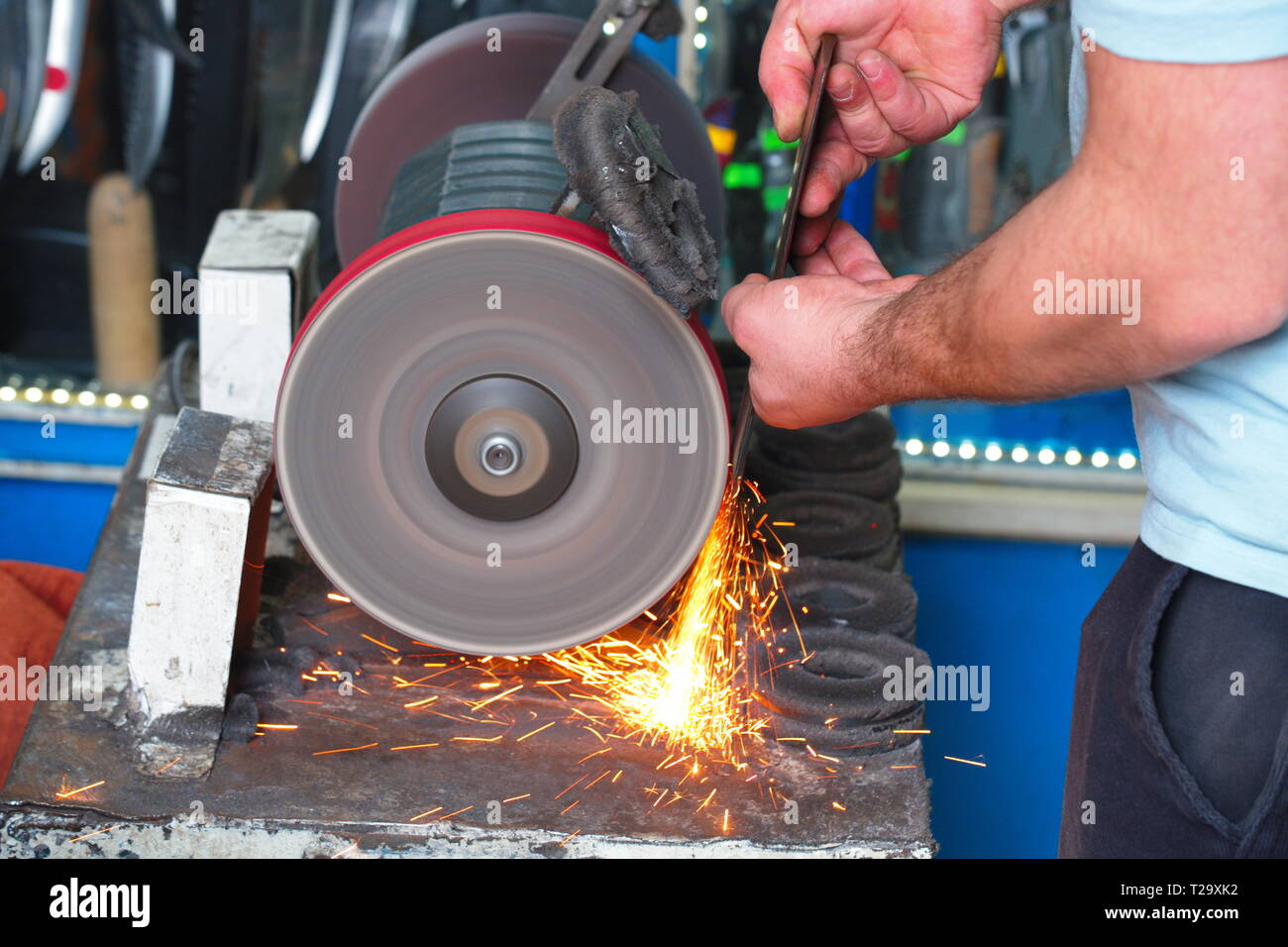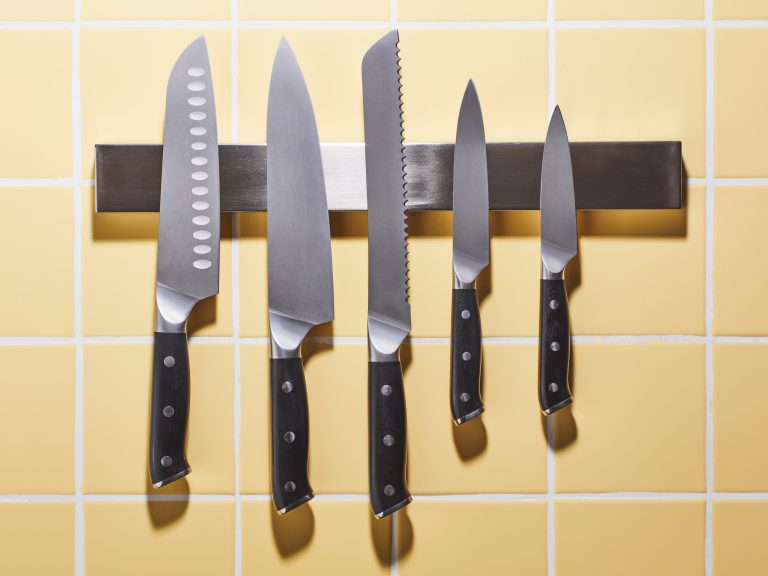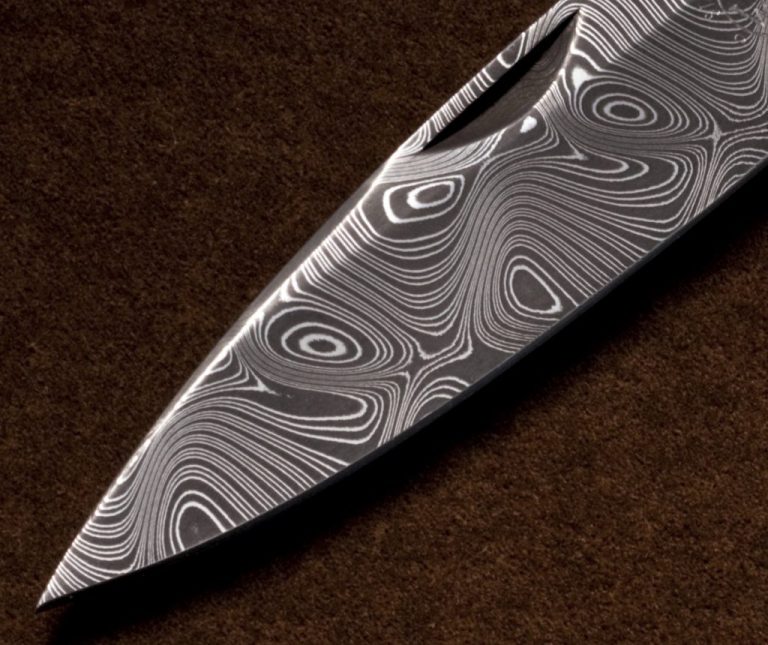Knife Grinds : Master the Art of Sharpness
Knife grinds refer to the way a blade is shaped and sharpened, affecting its cutting performance and durability. In knife grinds, the angle and shape of the blade’s edge are crucial elements, determining the blade’s overall strength and slicing ability.
Properly understanding the different types of knife grinds will help you choose the right one for your specific cutting needs, whether it be for kitchen tasks, outdoor activities, or professional use. From full flat grinds to hollow grinds, each grind has its advantages and disadvantages, making it essential to select the grind that suits your requirements and provides optimal cutting performance.
So, let’s delve into the world of knife grinds to enhance your knowledge and make informed decisions when it comes to choosing the perfect blade for your needs.
What Are Knife Grinds?
Knife grinds are an important aspect of a sharp knife. Grinds refer to the way the blade is cut and shaped, determining its cutting performance and durability. They play a crucial role in achieving the desired sharpness and functionality of a knife.
The definition of knife grinds is the specific shape and grind angle of the blade’s cutting edge. Different grinds have different characteristics and purposes. For instance, a convex grind is known for its durability and is commonly used in heavy-duty knives, while a hollow grind offers excellent cutting performance and is often used in razor-sharp blades.
The importance of knife grinds in sharpness cannot be overstated. The grind affects how the blade interacts with the material being cut, making it crucial to choose the right grind for specific tasks. Understanding knife grinds allows users to select the most suitable blade shape and grind angle, ensuring optimum performance and longevity.
Common Types Of Knife Grinds
| Common Types of Knife Grinds |
|---|
| A knife grind refers to the shape and geometry of a blade’s edge. There are several common types of knife grinds, each with its own advantages and uses. One such grind is the Full Flat Grind. This grind features a flat primary bevel that extends all the way from the spine to the cutting edge. It provides excellent slicing performance and is easy to maintain. |
| Another popular grind is the Hollow Grind. It features concave curves on both sides of the blade, creating a thin cutting edge that excels at slicing and precision tasks. The Hollow Grind is commonly used in straight razors and kitchen knives. |
| The Convex Grind, on the other hand, has a slightly convex curve from the spine to the edge. This grind is known for its durability and strength, making it ideal for heavy-duty tasks and outdoor knives. |
| Lastly, the Chisel Grind is a single bevel grind where one side of the blade is completely flat, while the other side forms the cutting edge. It is commonly found in traditional Japanese knives and provides exceptional precision and cutting performance. |
Choosing The Ideal Knife Grind For Specific Cutting Tasks
| Choosing the Ideal Knife Grind for Specific Cutting Tasks |
Selecting the right knife grind is crucial for achieving optimal cutting performance. Several factors should be considered when making this decision. Firstly, it’s important to evaluate the type of cutting task at hand. For slicing and dicing, a thin and narrow edge is typically preferred. This allows for precise and effortless cuts through various ingredients. On the other hand, heavy-duty tasks call for a more robust and durable grind, capable of withstanding the rigors of demanding cutting applications. Achieving precision cuts requires matching the knife grind to the desired result. For delicate details, a fine and thin grind should be chosen, enabling enhanced control and accuracy. Lastly, it’s essential to consider the material of the knife and its desired longevity. Different grinds offer varying levels of edge retention, allowing for prolonged sharpness before requiring sharpening. By carefully considering these factors, you can ensure the ideal knife grind for your specific cutting needs.

Credit: www.alamy.com
How To Achieve And Maintain Razor-Sharp Knife Grinds
How to Achieve and Maintain Razor-Sharp Knife Grinds
Consistent Sharpening Angles: Achieving and maintaining razor-sharp knife grinds requires consistent sharpening angles. When sharpening a knife, ensure that the angle remains steady throughout the process. A consistent angle ensures an even grind and enhances the cutting performance of the knife.
Proper Maintenance: For long-lasting sharpness, it is essential to maintain your knife properly. Regular cleaning and drying after use prevent any build-up or corrosion that can affect the knife’s performance. Additionally, regular honing and occasional sharpening help maintain the sharpness of the knife over time.
| Knife Grind Type | Sharpening Technique |
|---|---|
| Full Flat Grind: | The entire beveled surface is flat, making it easy to sharpen using a consistent angle along the entire edge. |
| Hollow Grind: | It features a concave bevel, making it necessary to use a sharpening technique that follows the curve of the grind. |
| Chisel Grind: | One side of the knife has a flat bevel, while the other side is non-existent or has a convex bevel. Sharpening requires focusing on the flat side while ensuring the edge remains straight. |
The Science Behind Knife Grinds And Cutting Performance
The science behind knife grinds plays a crucial role in the cutting performance of a blade. Blade geometry has a direct relationship with cutting efficiency, influencing how well a knife can slice through various materials.
One important factor to consider is the influence of grind on blade strength and durability. Different grinds, such as full flat grind, convex grind, and hollow grind, offer varying degrees of edge retention, ease of sharpening, and resistance to chipping or breaking. The thickness behind the edge, bevel angle, and overall blade shape are key considerations when determining the appropriate grind for a particular cutting task.
Choosing the right knife grind can significantly impact the cutting experience. It is essential to understand the science behind different grind types to make an informed decision and achieve optimal cutting performance.
Knife Grinds For Different Blade Types And Styles
A knife’s grind refers to the shape of its blade, which plays a crucial role in its performance for different applications. When selecting a knife, understanding the various grinds available can help you make an informed decision. For chef’s knives, **a suitable grind** is the **full flat grind** or the **Scandinavian grind**. These grinds provide a fine edge for precise slicing and chopping. For hunting knives, **the ideal grinds** are the **sabre grind** or the **hollow grind**. These grinds offer durability and the ability to handle tough tasks effectively. When it comes to pocket knives, **finding the right grind** varies based on your specific needs. Some popular choices include the **convex grind** and the **chisel grind**. Remember, different grinds offer different advantages, and it’s important to consider the intended use of the knife when selecting the appropriate grind.
Mastering The Art Of Knife Grinds: Techniques And Tips
Knife Grinds
Mastering the Art of Knife Grinds: Techniques and Tips
Honing Skills for Sharpening Knife Grinds
Sharpening knife grinds is an art that requires precision and practice. To achieve high-quality results, it is essential to avoid common mistakes. One such mistake is neglecting the importance of choosing the right angle during sharpening. This directly impacts the sharpness and durability of the blade. Another crucial factor to consider is the type of knife grind. Whether it’s a full-flat grind, hollow grind, or convex grind, each requires a specific technique and approach.
Expert insights offer valuable recommendations for sharpening knife grinds. They stress the significance of using the proper tools, such as whetstones and strops. Consistency and patience are key. Through consistent practice and careful attention to detail, one can master the art of sharpening knife grinds.
Exploring Unconventional Knife Grinds: Innovations And Experiments
Unique grind styles in the knife-making world have gained significant attention due to their innovative approaches and experimental nature. These unconventional knife grinds offer both benefits and drawbacks, which are important to consider when choosing the right grind for your needs.
One of the key benefits of unconventional knife grinds is their ability to provide a distinct cutting experience. These grinds can create specialized cutting edges that excel in specific tasks, such as slicing, chopping, or piercing. Whether it’s a hollow grind, a chisel grind, or a convex grind, these unique styles can enhance the performance and versatility of a knife.
However, it’s important to note that unconventional grinds may also have drawbacks. Some grinds, such as the convex grind, require more skill and effort to maintain sharpness. Others, like the chisel grind, may have limited functionality, as they are primarily designed for specific cutting techniques. Additionally, unconventional grinds may not be suitable for every cutting task, and the learning curve associated with them can be steep.
| Benefits | Drawbacks |
|---|---|
| Distinct cutting experience | Requires more skill and effort to maintain sharpness |
| Enhanced performance and versatility | Limited functionality for specific cutting techniques |
| Limited suitability for all cutting tasks | |
| Steep learning curve |
Knife Sharpening Tools And Accessories For Precision Grind Maintenance
Keeping your knives sharp is essential for optimal performance in the kitchen. To achieve and maintain precision grind on your knives, having the right sharpening tools is crucial, whether you are a home cook or a professional chef. Here are some essential sharpening tools and accessories:
- Honing Steels: Honing steels help align the knife’s edge, keeping it sharp and ready for use. They are ideal for quick touch-ups.
- Whetstones: Whetstones are versatile sharpening tools that can be used with oil or water. They allow for precise control, making them suitable for both beginners and experienced users.
- Sharpening Systems: Sharpening systems provide a guided approach to achieving a consistent and accurate grind. They are recommended for those seeking professional-level results.
- Angle Guides: Angle guides help maintain the correct angle while sharpening, ensuring a consistent grind across the blade.
- Stropping Tools: Stropping tools are used to refine and polish the knife’s edge, creating a razor-sharp finish.
- Knife Clamps: Knife clamps hold the blade securely in place during sharpening, offering stability and control.
Investing in these essential sharpening tools and accessories will help you maintain the quality and longevity of your knives, allowing you to enjoy effortless cutting and precise results every time you step into the kitchen.
Conclusion
To sum up, understanding knife grinds is essential for any knife enthusiast or professional chef. The different types of knife grinds, such as hollow, flat, convex, and chisel, offer unique benefits and are crucial in determining the knife’s performance and functionality.
From the precision of a hollow grind to the strength of a convex grind, each grind plays a significant role in cutting and slicing tasks. Choosing the right knife grind can greatly enhance the efficiency and effectiveness of your cutting experience.
Taking into account the purpose, material, and desired outcome, can help determine the most suitable grind for your needs. Whether it’s filleting fish, dicing vegetables, or carving meat, selecting the appropriate knife grind will ensure superior performance and optimal results.
So, next time you’re in the market for a new knife or thinking of sharpening your current one, remember to consider the grind and its impact on your cutting experience.






